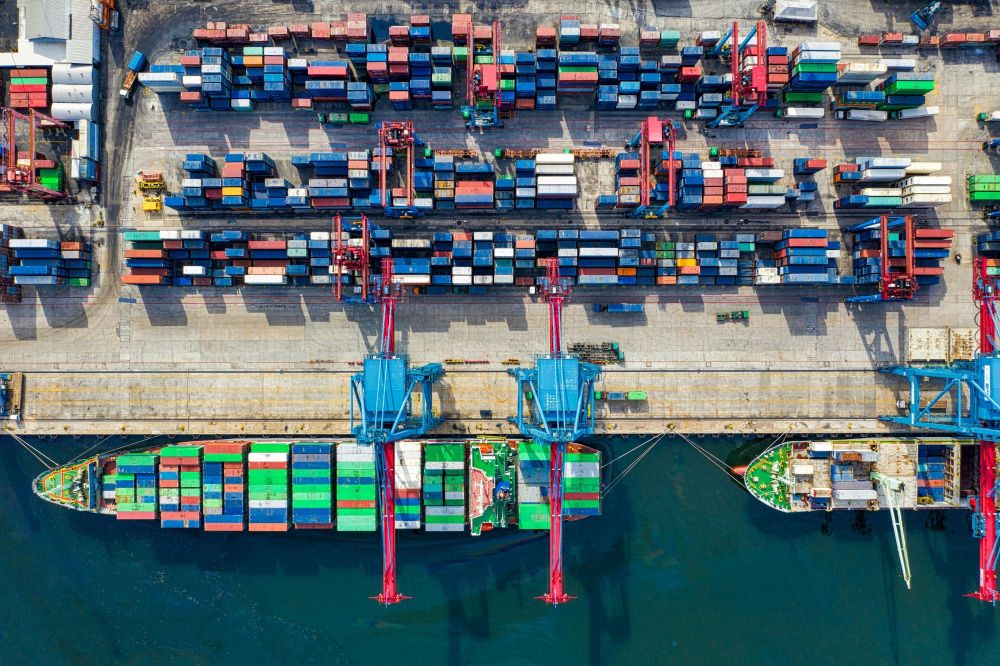For Vietnamese exporters, the mathematics present a clear challenge. Products exported to the US market could soon face a 46% price disadvantage compared to domestic American goods or products from countries with lower tariff rates. Industries likely to be most affected include electronics, textiles, furniture, footwear, and seafood – sectors that have been central to Vietnam's export success.
According to Evercore ISI's analysis cited in news reports, these new duties could bring the weighted-average US tariff rate to 29% once fully implemented, the highest in more than 100 years. This creates an unprecedented situation for Vietnamese businesses that have built their growth strategies around US market access.
Strategic business responses
Vietnamese businesses may consider multiple approaches to navigate this new tariff environment.
Market diversification efforts can be accelerated to reduce dependency on US exports. Vietnam's participation in multiple free trade agreements offers potential alternatives. Companies can leverage existing trade frameworks including:
- The Comprehensive and Progressive Agreement for Trans-Pacific Partnership (CPTPP) provides preferential access to markets including Japan, Canada, Australia, and New Zealand.
- The EU-Vietnam Free Trade Agreement (EVFTA) offers tariff reductions and eliminations for many Vietnamese products entering the European Union.
- The Regional Comprehensive Economic Partnership (RCEP) facilitates trade with ASEAN neighbors and other Asian markets.
- The UK-Vietnam Free Trade Agreement (UKVFTA) maintains preferential access to the British market.
In addition, companies might evaluate whether their products could be reclassified under different tariff codes or if component sourcing could be adjusted to mitigate impacts from US tariffs.
The US administration's focus on "non-tariff barriers" mentioned in the announcement suggests that trade negotiations may continue. According to the White House statement, President Trump told countries facing tariffs, "terminate your own tariffs and drop your barriers," indicating potential paths for future adjustments.
Some businesses may choose to explore production partnerships in countries that face lower tariffs or are exempt from the new framework. As noted in the announcement, Canada and Mexico will avoid the new duties due to separate orders regarding immigration and drugs, potentially creating strategic manufacturing opportunities.






